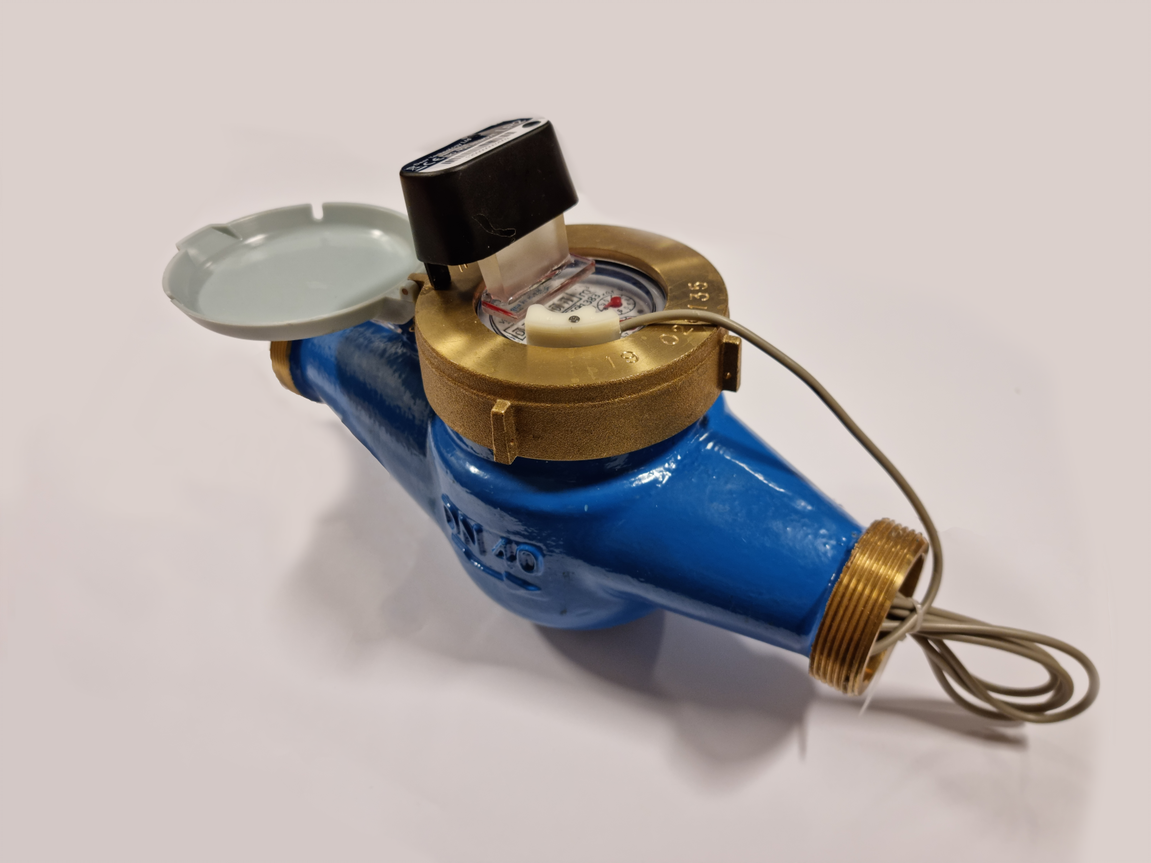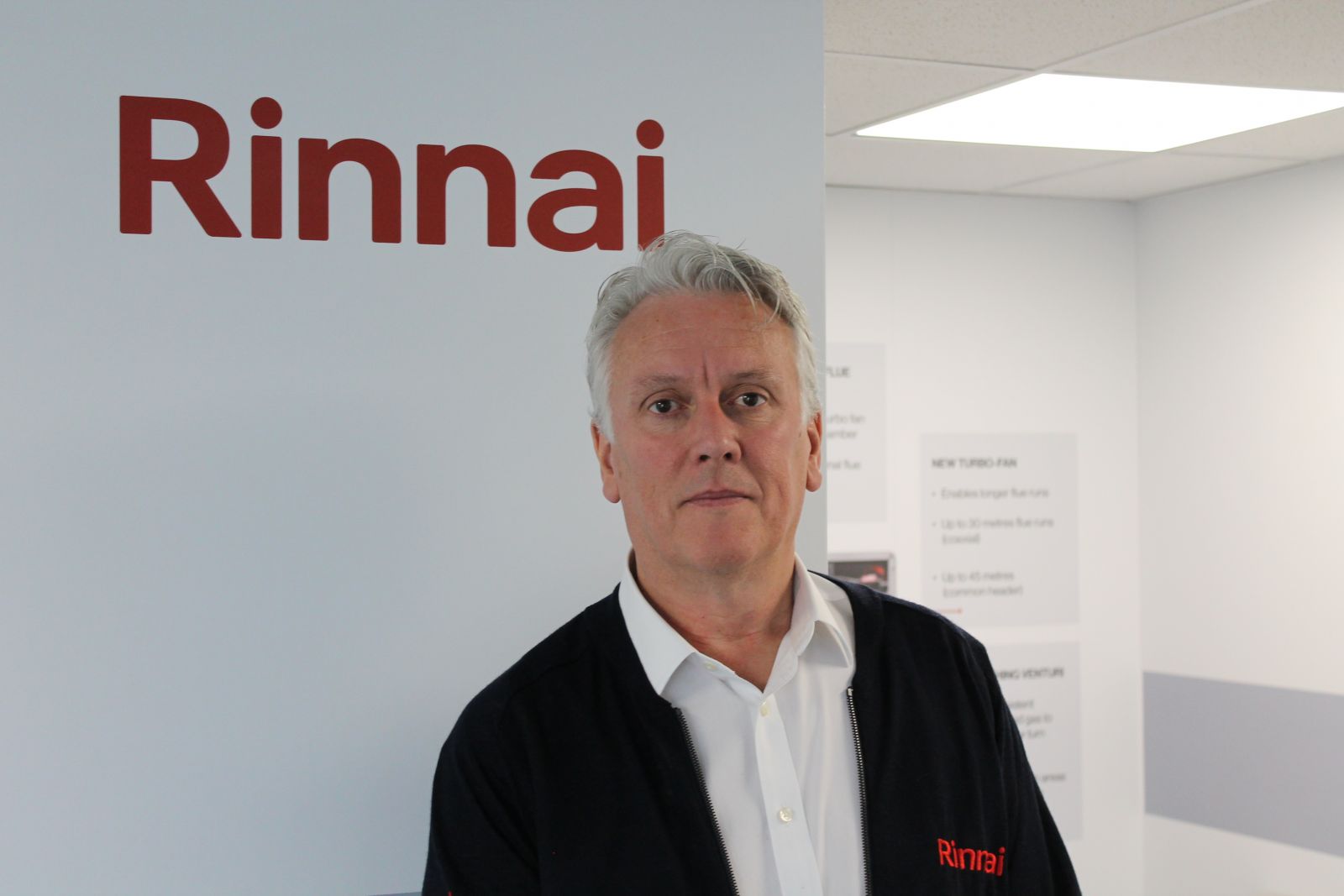Datore – EMEX 2022 | Focus Interview
Datore is a business intelligence platform that provides visual analytics and AI solutions to allow companies to optimise their energy usage and sustainability...
Read Full Article
For property landlords in the commercial sector, the managing and monitoring of water consumption is an important yet lesser-considered factor in ESG strategies.
It’s clear that water has a carbon cost. But what can property managers do to implement better water consumption management?
“With the backdrop of the growing climate crisis, the issues surrounding water will only worsen. By taking positive action now, FMs can reduce their impact and help build the reputation of the FM industry as a sustainable solutions provider."
– SFMI
According to the UK Government conversion factors for greenhouse gas reporting, 0.344 kg CO2e can be attributed to each cubic metre of mains water. These emissions stem mainly from the energy required for pumping and treating water, and for servicing buildings and vehicles. Water and sewage treatment also result in direct emissions of two greenhouse gases, methane and nitrous oxide.
Greenhouse gas emissions for hot water are around ten times higher because of the heat energy required.
When it comes to ESG ratings for businesses, measurement is key, and getting reliable and actionable data can be a challenge. Additionally, there is no international standard against which ratings can be calculated, partly due to the reliance on qualitative metrics.
Additionally, as Chris Havers from The SFMI notes, energy and waste take the bulk of corporate attention when it comes to net-zero:
“This is due to the long association with cost savings, the legal and compliance frameworks that have been developed, and the links as major contributors to climate change; this motivates solution providers to report data to a higher standard.”
However, water consumption can be measured, so reliable values for reductions in consumption can be obtained.
Chair of EMEX, Lord Redesdale, agreeD that businesses must become more water-aware when he was interviewed by TWinFM in 2021:
“I run a water retail company and we're going to put the carbon cost of water on everybody's bill for the first time. So, once a year they'll know how much carbon they’re using from water.
“If you want to go net-zero, you must look at water. For example, we are providing hundreds of thousands of tons of CO2 to keep hot water going to washrooms. Personally, I wouldn't provide any hot water to any washroom in the country.”
According to meter reading solutions provider Deer Technology, cutting water consumption helps to improve ESG ratings through the reduced demand placed on the water source.
In some areas of the UK, water is in relatively short supply, especially in the summer and if drought conditions prevail, so the responsible course of action is to use less. For areas not classified as being in serious water stress, an increasing population means consumption needs to be managed.
Craig Mellor, Director, at Deer Technology, explains more about commercial metering in the UK:
"Environment Agency figures show that 50 per cent of households in England have water meters, ranging from 28 per cent for Portsmouth Water to 84 per cent for Southern Water. In contrast, almost all non-household (NHH) customers have metered supplies and a portion of the bill normally relates to the volume of water consumed. However, the reality is less straightforward for a variety of reasons.
"Many commercial and industrial users have meters that are classed as Long Unread Meters (LUM), or their bills are based on “Business Assessed” price bands or estimates, rather than meter readings. There are several reasons for meters being unread, such as their whereabouts being unknown or their location making them difficult or hazardous to read.
"Where meters are equipped with pulse counters that enable volumetric consumption to be calculated from pressure and flow, these can suffer from drift, resulting in inaccurate readings. Periodic manual (visual) readings are therefore required but patterns of data are difficult to analyse - if not meaningless - for FMs implementing water-saving measures.
"A further benefit of accurate, timely water consumption data is that it can help identify leaks. If a company is billed on the basis of meter readings, the cost of a water leak can soon become very high, so it is vital to find and repair leaks quickly."
Craig believes that ideally, every water supply would have a smart meter and the data would be visible to consumers - in much the same way as smart electricity meters have been rolled out for households. However, smart metering is more difficult to implement on water supplies as there is no integral power supply and water meters are typically installed below ground level, often submerged in water or mud.
Despite these challenges, property landlords and facilities managers seeking to improve ESG ratings by reducing water consumption now have an option to retrofit smart technology to existing analogue meters.
Deer Technology’s solution is the LimpetReader. It incorporates opto-electronics and is connected to an AutoReader that uses GSM (mobile phone) or Wi-Fi communication technology. Time- and date-stamped images of the meter's register are uploaded to secure servers, where they are converted to numerical values. Customers can then access the consumption data in a variety of ways. Landlords and facilities managers can therefore monitor water consumption in an accurate and timely way.

Picture: a photograph of the LimpetReader. Image Credit: Deer Technology
Smart fixtures and fittings also provide feedback and can offer suggestions on reducing waste. Methven UK case studies have found that urinal flushing can be limited whilst still providing the same quality of service.
By setting a urinal to only flush after so many uses. This lowers water waste and focuses on using water when needed not just on autonomous schedule. Studies have shown that smart fixtures and fittings saved 85,170 litres through optimising flush duration and shutting off when not in use.
The manufacturing sector of the heating and hot water industry has a responsibility in playing a leading role in the reduction and eventual removal of harmful emissions.
Rinnai’s Managing Director Tony Gittings agrees that net-zero ambitions can be delivered with a measured, pragmatic, and transparent stance from all the players in the heating industry:
“Fact, logic and reason must be employed to achieve the best outcome for all of us. We need decarbonisation, we need net-zero, and we need it as soon as possible but in such a way that is pragmatic in terms of catering to the existing populations and markets.”.
“To further encourage decarbonisation the heating industry must look past just simple financial motivation. No one single product alone is presently capable of delivering net-zero, so rather than fracture into competing groups, the heating & hot water sector will benefit from a platform of cross-communication and information sharing that can be relayed to positively assist the UK end-user and customer.

Picture: a photograph of Tony Gittings. Image Credit: Rinnai
“We need to look at this from the consumers’ viewpoint. We need to be putting accurate information in the public arena. At the moment there are a lot of interested bodies and companies showing understandable self-interest in wanting to know they have a future in the marketplace."
Rinnai offers a free “Carbon Cost Comparison” that can be found at: Help Me Choose a Product. The Rinnai Carbon Cost Comparison Form offers a free appraisal of a site’s current hot water delivery system, along with recommendations for reducing the carbon load.
The SFMI believes that more FMs should be prioritising water management as part of their sustainability journey:
“With the backdrop of the growing climate crisis, the issues surrounding water will only worsen. By taking positive action now, FMs can reduce their impact and help build the reputation of the FM industry as a sustainable solutions provider. Being a responsible business requires organisations to take ownership and responsibility of their actions. With the ever-growing attention and investment in ESG, now is the time for FMs to act. Water management can be efficient and innovatively manged if truly embraced.”
The SMFI aims to drive thought leadership and work alongside industry leaders to discuss and further the FM industry’s sustainability standards; the topic of water management will be tackled in the upcoming March Leadership Forum, and the findings from the Forum will be published in the Spring.
Picture: a photograph showing some splashing water. Image Credit: Deer Technology
Article written by Ella Tansley | Published 02 March 2022
Datore is a business intelligence platform that provides visual analytics and AI solutions to allow companies to optimise their energy usage and sustainability...
Read Full ArticleJohnson Controls and Asset+ recently partnered with Hounslow Council and achieved a 50 per cent reduction in carbon emissions in schools and public...
Read Full ArticleSpace4Climate gathers the UK’s Earth Observation community focussed on researching and delivering trustworthy environmental data in support of climate action. We...
Read Full ArticleENERGAIR, the sustainable compressed air management arm of Belgian-based compressor controls specialist CMC, has announced plans to provide a virtual reality experience...
Read Full ArticleEnergyElephant will be unveiling their new real-time data module at EMEX on Wednesday, 23 November. Due to strong customer demand and requests from existing users,...
Read Full ArticleBy claiming the ISO 50001 accreditation, businesses can demonstrate their commitment to ESG standards and take steps towards better energy efficiency. Research by...
Read Full ArticleAhead of EMEX 2022, catch up on the Focus Interviews from last year’s conference. EMEX 2021 came at a pivotal time. As the business world returned to...
Read Full ArticleThisWeekinFM is returning to EMEX 2022 as the Headline Media Partner, holding video interviews across the two-day net-zero conference. On Stand H56, ThisWeekinFM will...
Read Full ArticleAddressing mixed waste presents some easy cost and carbon savings for facilities managers, says Dr Stephen Wise, Chief Strategic Development Officer for biotechnology...
Read Full ArticleFM procurement is known for being variable and complex, so how can sustainable practices be improved in this area? Watch the...
Read Full Article